Japan’s rich culinary history is full of unique local dishes, and one such treasure is Bandai mochi from the mountainous regions of Tochigi Prefecture. Unlike the sticky rice cakes you might be familiar with, this dish offers a different texture and story. In this article, we’ll dive into what makes Bandai mochi special, from its history to where you can try it, and discover why this simple food has been a favorite for generations.
What is Bandai Mochi?
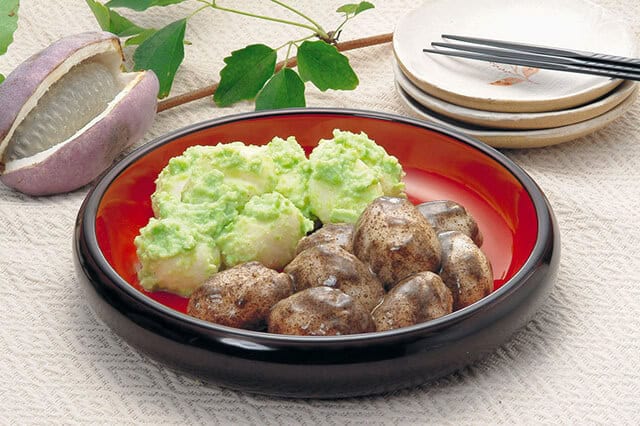
Bandai mochi is a traditional local delicacy from the Kuriyama area of Nikko City, Tochigi Prefecture. What sets it apart is that it is not made from glutinous rice (mochigome) like typical mochi. Instead, it is made from pounded non-glutinous rice (uruchimai), the same type used for daily meals. This unique choice of ingredient gives this kind of mochi has a different texture—it is less sticky. It doesn’t harden as quickly, making it easy to enjoy. And so, they usually shaped into flattened, round cakes. The most popular way to eat it is by grilling it and brushing it with a sauce, such as sweet miso or “jūne” (perilla seed) miso.
History of Bandai Mochi
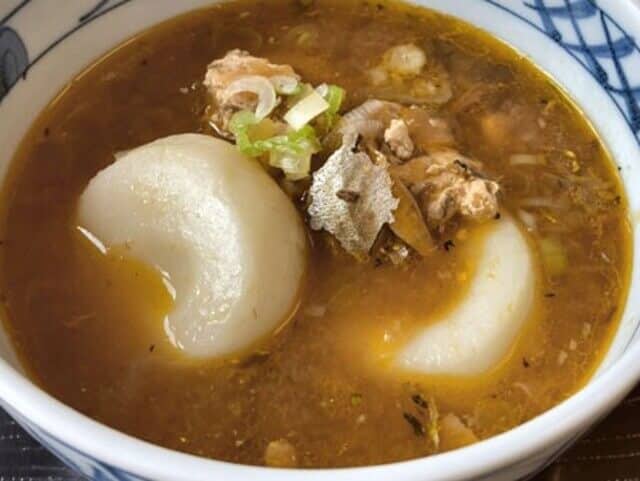
The history of Bandai mochi is deeply rooted in the lifestyle of the mountain people in the Kuriyama region. The name “Bandai” is thought to come from “Itadai mochi,” which translates to “board-stand rice cake,” as it was pounded on a wooden board. Historically, this dish was a practical and nourishing meal for those working in the mountains. Over time, it became a significant part of the community’s culture, served during important yearly events and festivals. It was also considered a special souvenir for family members when returning from a trip to the mountains. Even today, Bandai mochi continues to be a cherished dish, enjoyed during celebrations like the May festival and summer festivals.
A Restaurant Serving Bandai Mochi
Kammu Heishi Yukari no Yado Ageha (桓武平氏ゆかりの宿 揚羽)
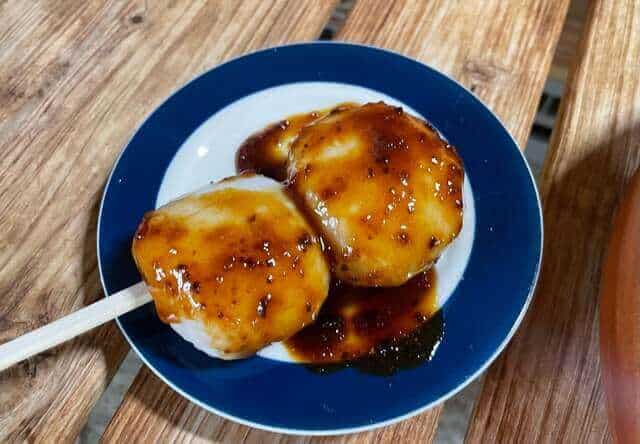
One place where you can experience this traditional dish is at the Kammu Heishi Yukari no Yado Ageha (桓武平氏ゆかりの宿 揚羽), a traditional Japanese inn in the Yunishikawa Onsen area of Nikko. This ryokan, or inn, is well-known for offering guests an authentic taste of local mountain cuisine. Hence, locals serve this bandai mochi as part of their meals, often prepared in their traditional irori (hearth) dining area, providing a cozy and memorable dining experience.
Conclusion
Bandai mochi is more than just a rice cake; it’s a testament to the history and resourcefulness of a community. By using everyday rice instead of traditional glutinous rice, this dish offers a taste of local innovation and tradition. Its story, from a simple meal for mountain workers to a celebratory dish, shows how food can connect us to the past and the land.
If you enjoy the taste of Bandai mochi, you might also like to try other similar Japanese dishes. I recommend exploring: Kiritanpo and Dango.
Bandai Mochi (ばんだい餅) FAQ
- What is Bandai Mochi?
A rustic rice cake from Tochigi, grilled until lightly crisp and brushed with sweet soy sauce—simple yet unforgettable.
- Why is it called “Bandai”?
The name symbolizes “good fortune for many generations,” making it a lucky treat to enjoy on your trip.
- Where can I try it in Tochigi?
Look for it at local markets, small sweets shops, and food stalls during festivals.
- What does it taste like?
Crispy on the outside, soft inside, with a comforting sweet-and-savory flavor that pairs perfectly with green tea.
- Is it different from regular mochi?
Yes—Bandai Mochi has a homestyle, countryside charm that feels like a taste of traditional Tochigi.
- Can tourists bring it home?
Fresh Bandai Mochi is best eaten on the spot, but packaged versions or local sweets inspired by it make great souvenirs.
- Why should I try Bandai Mochi?
It’s more than a snack—it’s a bite of Tochigi’s culture and hospitality, a memory you’ll carry long after your trip.
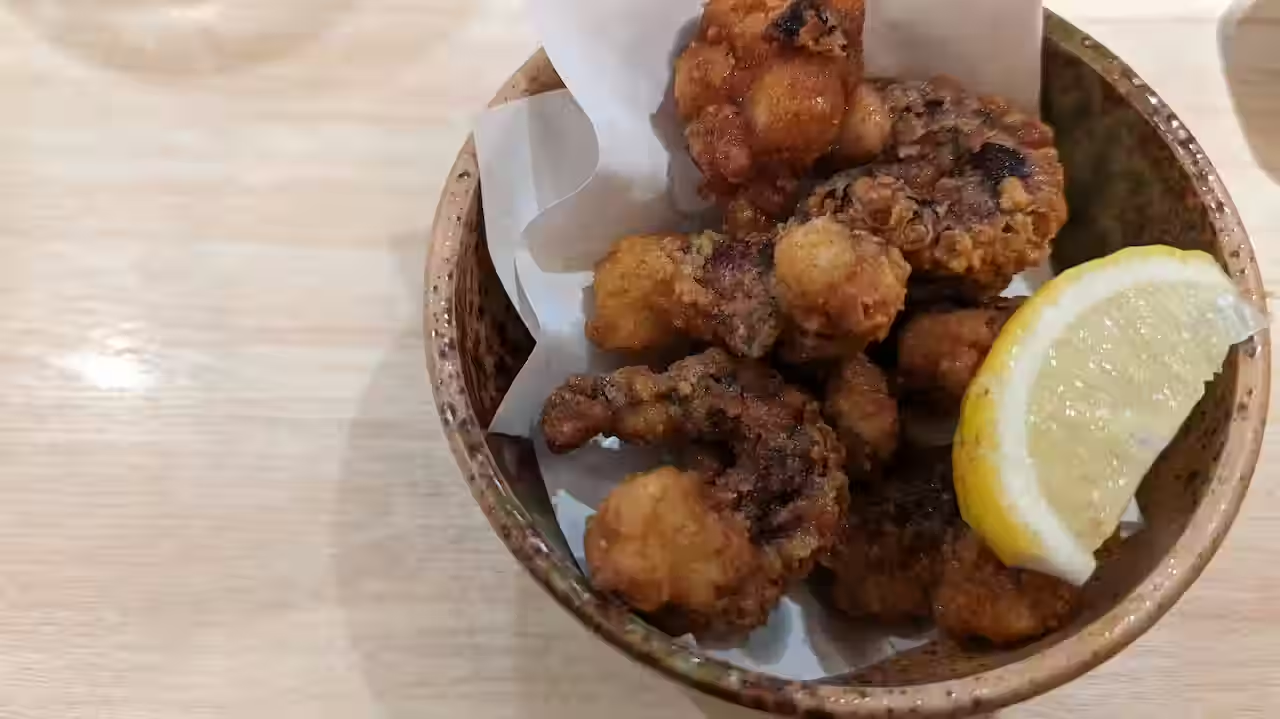
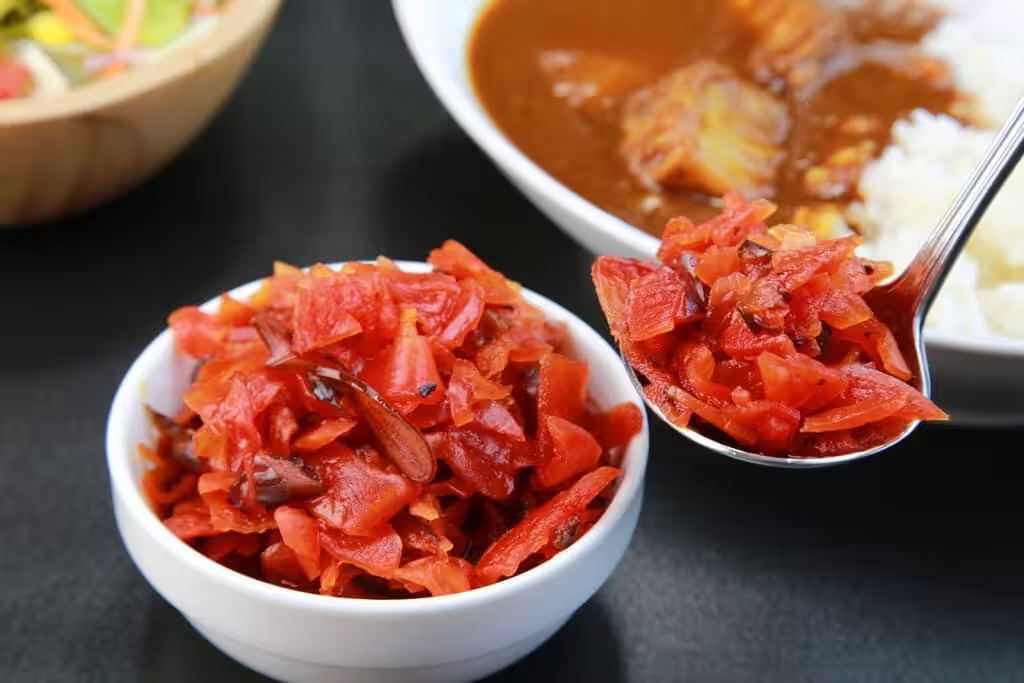

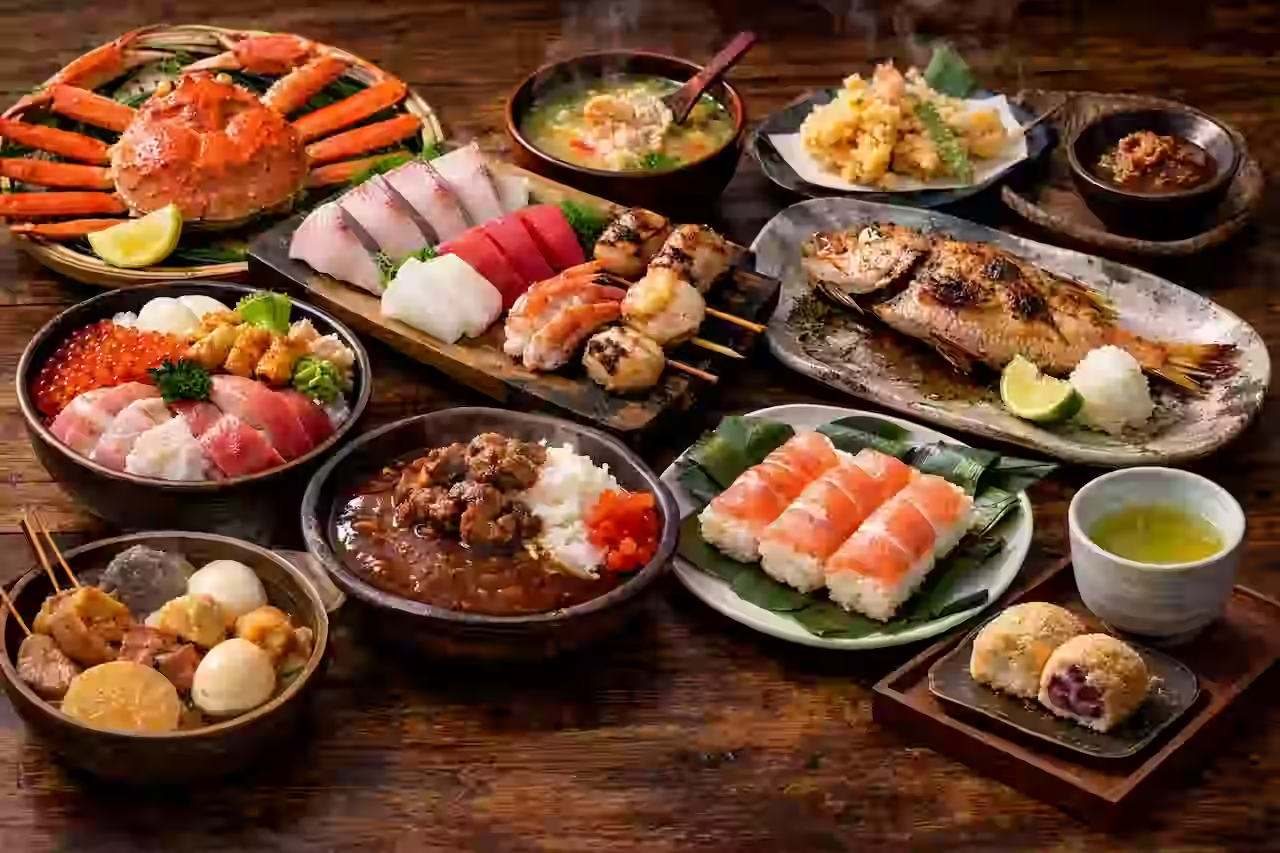
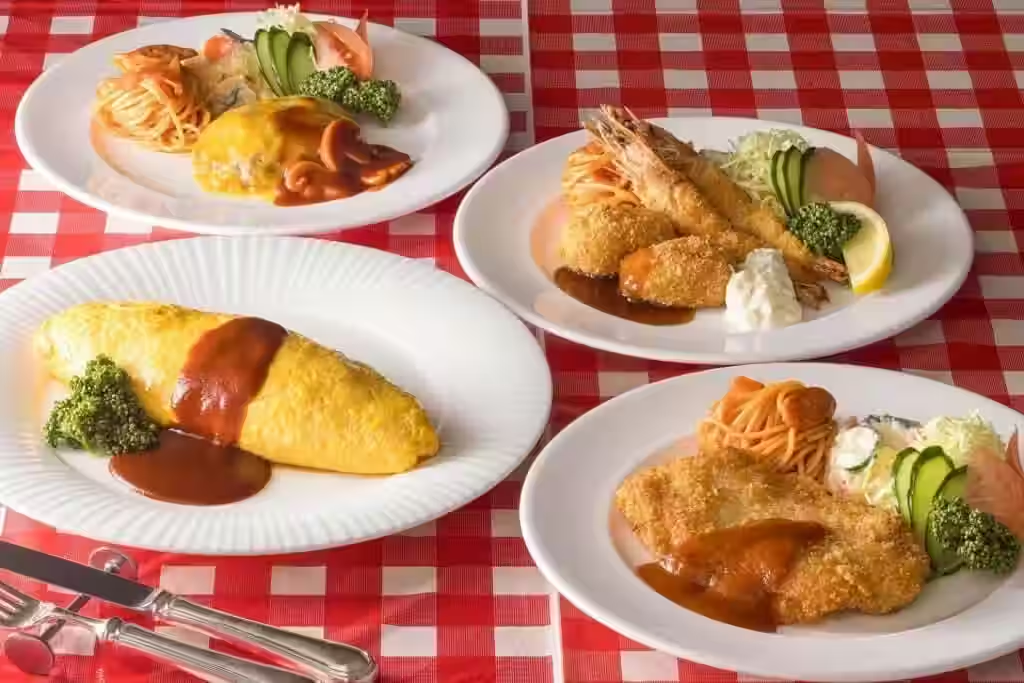

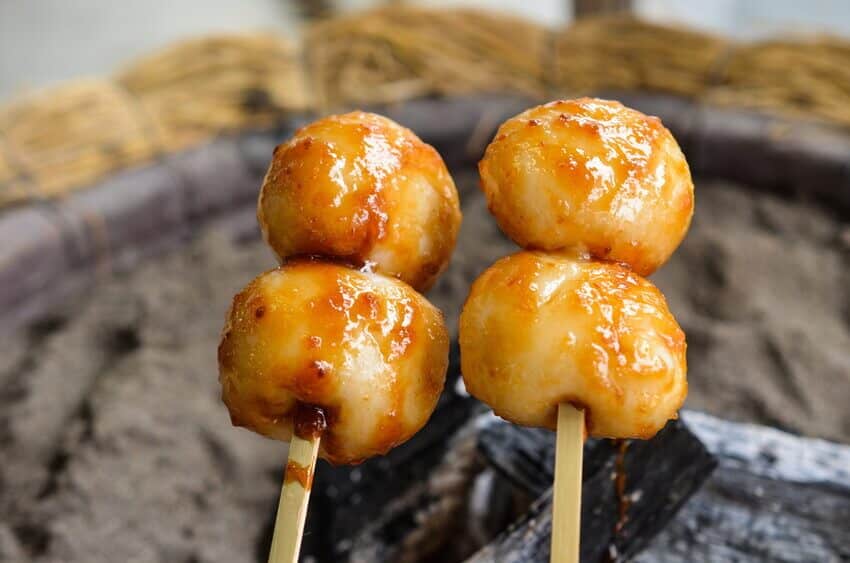

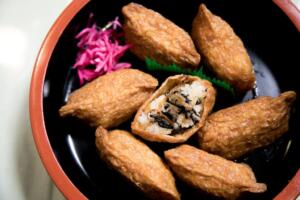
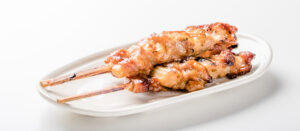
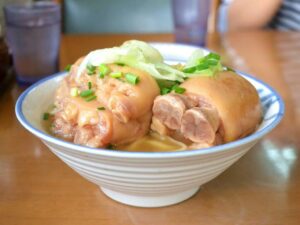
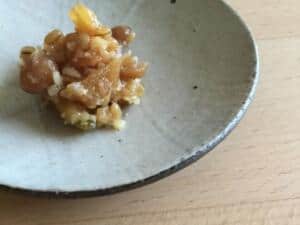
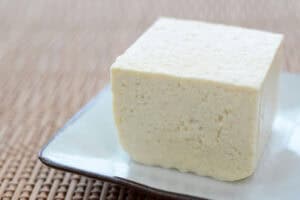
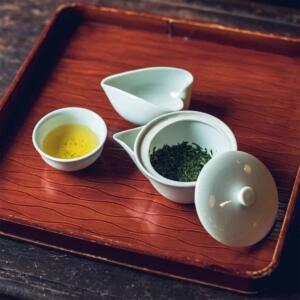
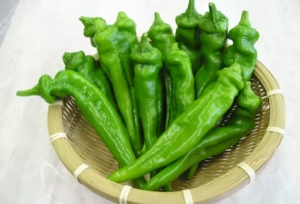
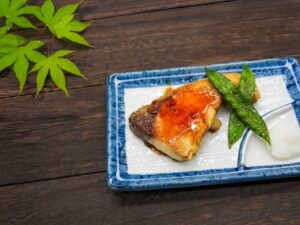
Comments